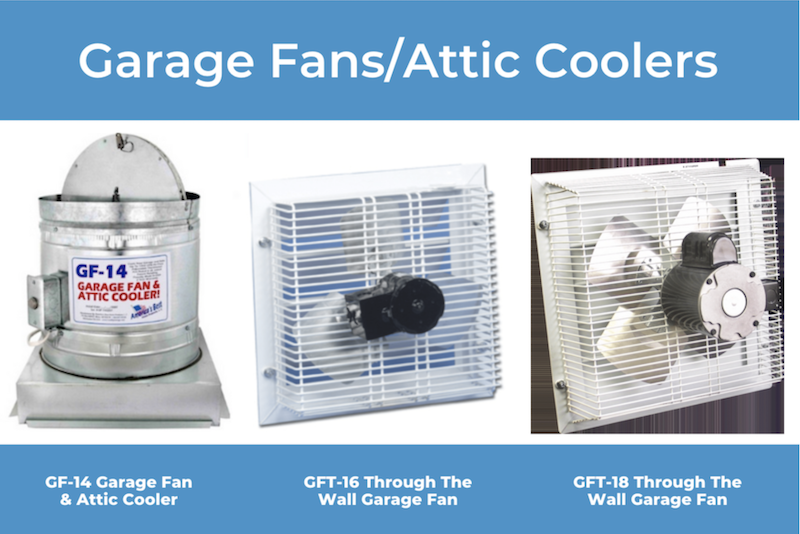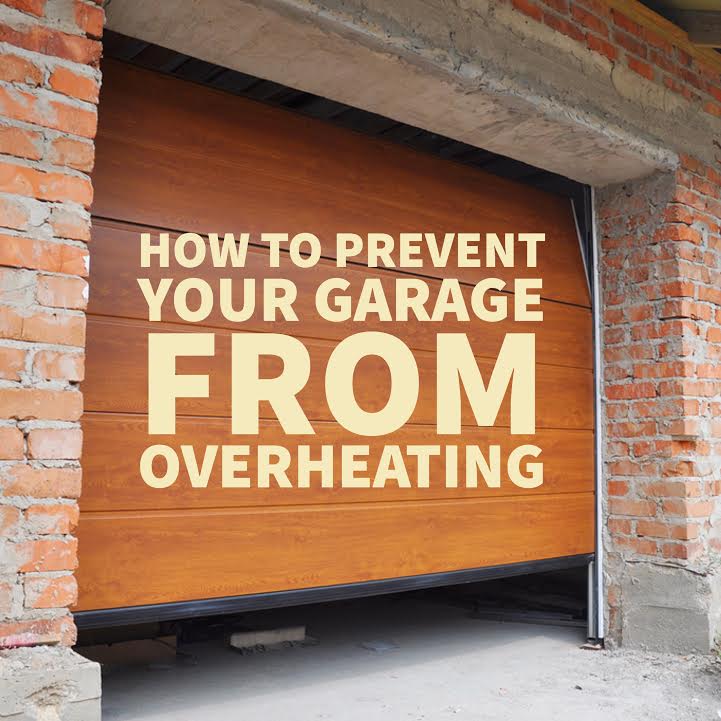

Garage overheating in summer is a common problem that can significantly impact comfort and efficiency. The intense heat can make your garage a less-than-desirable place to work or store things. This article will provide practical tips for dealing with summer garage heat. We’ll cover various solutions, from basic ventilation upgrades to more advanced insulation techniques. We’ll also explore the role of smart home technologies in managing garage temperature more effectively. By the end of this article, you’ll be equipped with a clear understanding of how to create a cooler, more comfortable garage space during the summer months. This article will be structured as follows: we will first discuss the nature of garage overheating and what factors cause it. Second, we will explore cooling solutions. This includes fundamental ventilation improvements to more elaborate insulation techniques. Third, smart home technology solutions for cooling the garage will be examined. Finally, a conclusion and frequently asked questions will complete the article.
Understanding Garage Overheating in Summer
The summer months often bring scorching temperatures that can quickly transform your garage into a sweltering sauna. This occurs due to several factors. Direct sunlight entering the garage through windows or skylights is a primary contributor. The garage’s poor insulation, often lacking in exterior walls, contributes to heat transfer. The absence of adequate ventilation, especially in areas with high humidity, further exacerbates the problem. Lack of airflow means that hot air stagnates and makes it incredibly uncomfortable to work or spend time in. In addition to these common issues, certain activities within the garage, like operating machinery or power tools, can contribute to the buildup of heat. The combined effects of these factors often lead to uncomfortable temperatures, affecting both comfort and functionality.
Common Causes of Garage Overheating
- Direct sunlight exposure
- Poor insulation
- Lack of ventilation
- Internal heat sources (tools, machinery)
- High humidity
Cooling Solutions for Your Garage
Related Post : Garage Door Not Opening Smoothly? Common Track and Motor Issues
Various practical cooling solutions can effectively mitigate garage overheating. Simple yet effective strategies include strategic ventilation improvements and increased insulation to keep the heat out. Using reflective materials on windows or walls can significantly reduce solar heat gain. Using fans, strategically placed throughout the garage, to circulate air can create more comfortable conditions. When considering more complex solutions, insulation is a crucial factor in managing heat gain and loss. Improved insulation will prevent unwanted heat transfer.
Ventilation Solutions
- Installing or improving exhaust fans can extract hot air and improve airflow, removing stagnant air. These fans should be strategically placed in areas to circulate cool air throughout the garage and push hot air out.
- Adding or improving window coverings (like awnings or shades) on south-facing windows can reduce solar heat gain. Installing high-efficiency windows that block UV rays can lower temperatures significantly, potentially making a huge difference in garage temperature.
- Creating adequate gaps or spaces between walls and the roof allows air to circulate. This natural convection can reduce temperature without high energy costs or special equipment.
Advanced Insulation and Reflective Materials
Improving the insulation of your garage walls and roof is a crucial step in controlling temperature. Installing thick, high-quality insulation prevents the heat from penetrating. Choosing materials that reflect sunlight, like reflective paint, can help reduce heat gain from direct sunlight. Consider using reflective films or wraps for windows and doors to minimize solar heat transfer.
Insulation Strategies
- Adding insulation in the roof and walls can significantly reduce heat gain. This can greatly improve the garage’s overall insulation, which reduces the need for expensive air conditioning systems.
- Using reflective materials like reflective paint or films on the garage’s exterior surfaces can significantly lower the surface temperature by reflecting sunlight. This reduces heat gain, keeping temperatures more comfortable.
- Consider sealing any cracks or gaps around doors and windows to prevent air leaks.
Integrating Smart Home Technologies
Utilizing smart home technologies provides a more advanced method of maintaining ideal garage temperature. Smart thermostats, equipped with sensors and intelligent algorithms, can automatically adjust the temperature based on factors like time of day and ambient conditions. Smart fans can be used to increase airflow or reduce it based on temperature adjustments. This can be much more efficient than having a simple thermostat in the garage, especially if your home has its own climate control. Monitor your garage temperature using smart devices. By creating your own system for controlling the temperature, you can control the cost.
Smart Home Automation Solutions
- Smart thermostats can automatically adjust the temperature in your garage based on your preferences and external factors like weather, making the garage more usable.
- Smart fans can be integrated into a system that automatically adjusts speed based on temperature fluctuations.
- Smart home automation systems can create a schedule and respond to changing weather conditions, ensuring that your garage has the desired temperature at all times.
Creating a More Comfortable Garage Environment
Apart from addressing the primary cooling methods, further enhancements can make your garage more pleasant. These include adding plants that offer shade, using cooling sprays or misters, and considering the addition of fans. By creating a more comfortable garage, you can spend more time in the space.
Additional Comfort Measures
- Consider adding shade trees or strategically placed plants to reduce direct sunlight exposure.
- Using misting systems can provide instant cooling, but be cautious of moisture buildup, potentially damaging electronic equipment.
- Placing multiple fans strategically in the garage can improve overall airflow and circulation.
- Investing in cooling or humidity controls can create a comfortable space to work.
In conclusion, overheating garages in the summer can significantly impact comfort and efficiency. Implementing these cooling tips, from strategic ventilation to advanced insulation methods, can transform your garage into a more comfortable and usable space. For further optimization, consider investing in smart home technologies for automated climate control. Ultimately, a comfortable garage translates to increased efficiency and enjoyment of your outdoor living space. Ready to make your garage a haven? Visit our website for more detailed instructions and helpful resources.